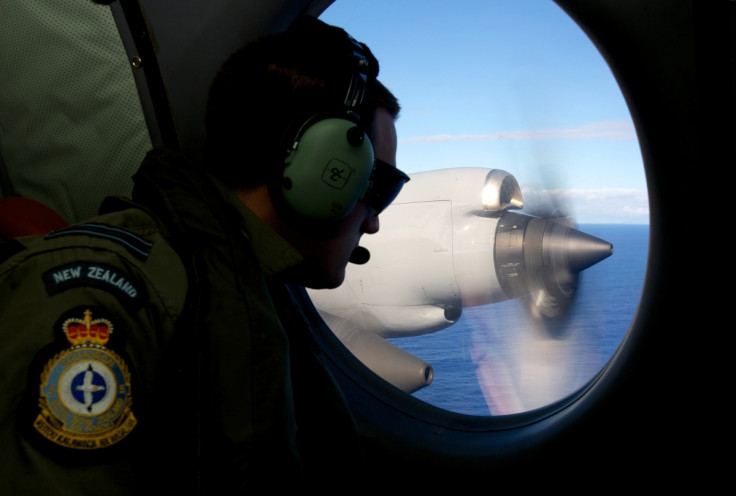MH370 'Found in South China Sea' by British Sleuth Tim Akers Using Homemade Tech

A British marine archaeologist claims he has located wreckage from missing flight MH370 by using advanced home-made technology.
Timothy Akers, 56, apparently located a portion of the doomed Malaysia Airlines plane's tailfin while scouring an area off the coast of Vietnam.
For his amateur sleuthing, Akers takes images harvested from Nasa's Landsat 7 satellite and uses homemade software to expose them to different parts of the light spectrum.
This creates a deep field of vision which enables him to peer up to 10,000 feet below the waves.
So far no physical wreckage has been found of the missing Malaysia Airlines plane, which took off from Kuala Lumpar on 8 March.
Speaking about what his enhanced images show, Akers, who lives in North Yorkshire, said: "There's no question it could be anything else, because aircraft parts are very distinctive.
"Having seen the oil rig worker's report of the crash and Nasa's satellite images of the area, it would seem strange the Malaysian authorities have dismissed the area out of hand.
"Logically they should have checked it out by aircraft at low altitude and by a surface warship, but it looks like they chose not to. That in itself is very odd.
"Fortunately the water there is shallow as it's on the continental shelve and there will be debris all over the sea floor."
The area identified by Akers tallies with an account given by Vietmanese oil-rig workers, who said they saw a burning plane plummeting from the sky.
But the authorities in Malaysia leading the search for MH370 have seemingly discounted the possibility because the location Akers has identified is 1,000 miles from the present search zone.
Akers reckons that MH370 crashed into the South China Sea and not the Southern Ocean, as is generally thought.
The amateur investigator has some pedigree in martine detection which means his claim should not be dismissed out of hand. In 2008, the wreck of a ship named HMAS Sydney was located in the same area as that identified by Akers two years previously.
© Copyright IBTimes 2025. All rights reserved.




















